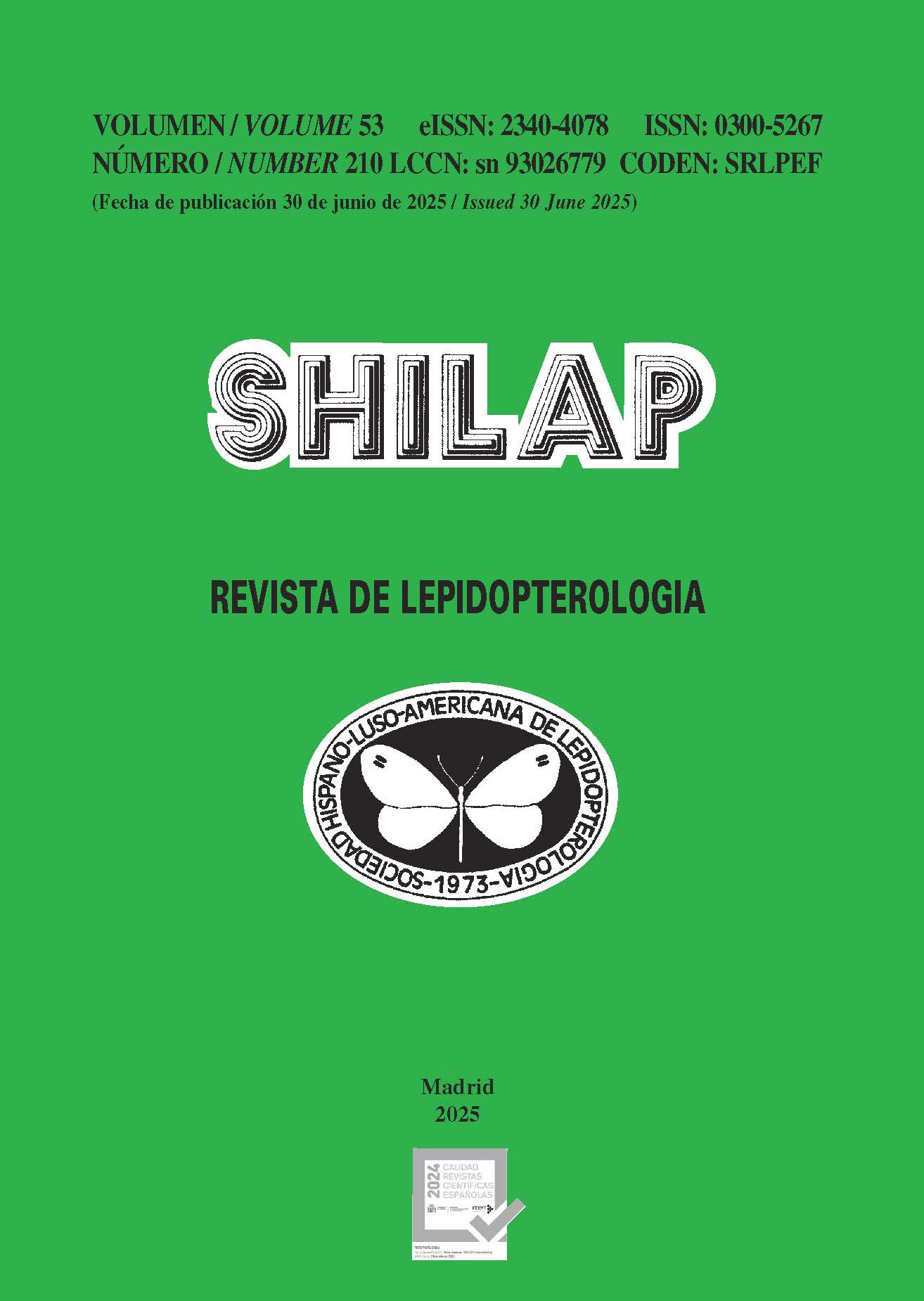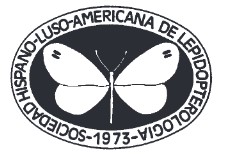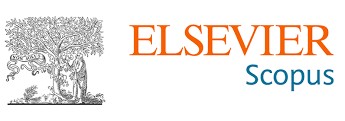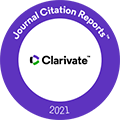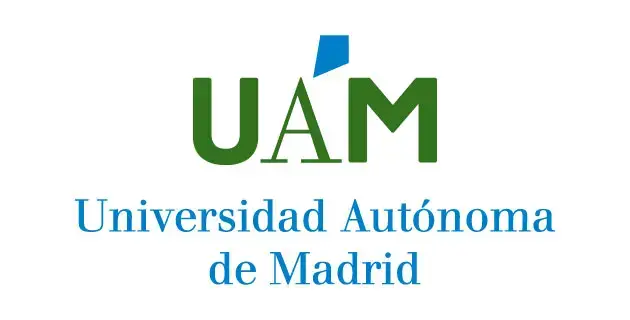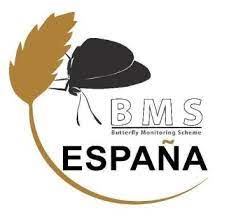A preliminary checklist of Papilionoidea from Barot valley, district Mandi, Himachal Pradesh, India (Insecta: Lepidoptera)
DOI:
https://doi.org/10.57065/shilap.1060Keywords:
Insecta, Lepidoptera, Papilionoidea, biodiversity, conservation, checklist, ecosystem, ecology, IndiaAbstract
This is a report of the Papilionoidea’ species diversity in the Barot valley of Mandi district of Himachal Pradesh (India). The present checklist was made based on a survey tour conducted in the month of May 2024. This study is the preliminary attempt to provide a checklist of the Papilionoidea fauna of a remote valley Barot in district Mandi. This report is a baseline for future studies on Papilionoidea from this area.
Downloads
Global Statistics ℹ️
|
288
Views
|
95
Downloads
|
|
383
Total
|
|
References
Achard, F., Eva, H. D., Stibig, H. J., Mayaux, P., Gallego, J., Richards, T., & Malingreau, J. P. (2002). Determination of deforestation rates of the world’s humid tropical forests. Science, 297(5583), 999-1002. https://doi.org/10.1126/science.1070656 PMid:12169731 DOI: https://doi.org/10.1126/science.1070656
Barua, M., Gurdak, D. J., Ahmed, R. A., & Tamuly, J. (2012). Selecting flagships for invertebrate conservation. Biodiversity and Conservation, 21, 1457-1476. https://doi.org/10.1007/s10531-012-0244-7 DOI: https://doi.org/10.1007/s10531-012-0257-7
Kowarik, I. (1995). Time lags in biological invasions with regard to the success and failure of alien species. In Plant Invasions: General Aspects and Special Problems (pp. 15-38). Springer Netherlands. https://doi.org/10.1007/978-94-015-8541-7_2
Kunte, K. J. (1997). Seasonal patterns in butterfly abundance and species diversity in four tropical habitats in northern Western Ghats. Journal of Biosciences, 22, 593-603. https://doi.org/10.1007/BF02703399 DOI: https://doi.org/10.1007/BF02703397
Kunte, K. (2000). India, a Lifescape: Butterflies of Peninsular India. Universities Press.
Kunte, K., Sondhi, S., & Roy, P., (2024). Butterflies of India, v. 4.27. Indian Foundation for Butterflies Trust. URL: https://www.ifoundbutterflies.org.
Majer, J. (1987). The conservation and study of invertebrates in remnants of native vegetation. In D. Saunders, A. Burbidge & A. Hopkins. Nature Conservation: The Role of Remnants of Native Vegetation (pp. 333-335). Surrey Beatty & Sons.
McKinney, M. L. (2002). Urbanization, biodiversity, and conservation: The impacts of urbanization on native species are poorly studied, but educating a highly urbanized human population about these impacts can greatly improve species conservation in all ecosystems. Bioscience, 52(10), 883-890. https://doi.org/10.1641/0006-3568(2002)052[0883:UBAC]2.0.CO;2 DOI: https://doi.org/10.1641/0006-3568(2002)052[0883:UBAC]2.0.CO;2
Miller, J. R., & Hobbs, R. J. (2002). Conservation where people live and work. Conservation Biology, 16(2), 330-337. https://doi.org/10.1046/j.1523-1739.2002.00420.x DOI: https://doi.org/10.1046/j.1523-1739.2002.00420.x
Pollard, E. (1991). Monitoring butterfly numbers. In Monitoring for Conservation and Ecology (pp. 87-111). Springer. https://doi.org/10.1007/978-94-011-3086-8_6 DOI: https://doi.org/10.1007/978-94-011-3086-8_6
Varshney, R. K., & Smetacek, P. (Eds.). (2015). A Synoptic Catalogue of the Butterflies of India. Butterfly Research Centre, Bhimtal & Indinov Publishing. https://doi.org/10.13140/RG.2.1.3966.2164
Downloads
Published
How to Cite
Issue
Section
License

This work is licensed under a Creative Commons Attribution 4.0 International License.
The author SS retains his trademark and patent rights to any process or procedure within the article.
The author retains the right to share, distribute, perform and publicly communicate the article published in SHILAP Revista de lepidopterología, with initial acknowledgement of its publication in SHILAP Revista de lepidopterología.
The author retains the right to make a subsequent publication of his work, from using the article to publishing it in a book, provided that he indicates its initial publication in SHILAP Revista de lepidopterología.
Each submission to SHILAP Revista de lepidopterología must be accompanied by an acceptance of copyright and acknowledgement of authorship. By accepting them, authors retain copyright of their work and agree that the article, if accepted for publication by SHILAP Revista de lepidopterología, will be licensed for use and distribution under a "Creative Commons Attribution 4.0 International" (CC BY 4.0) licence that allows third parties to share and adapt the content for any purpose giving appropriate credit to the original work.
You may read here the basic information and the legal text of the license. The indication of the CC BY 4.0 License must be expressly stated in this way when necessary.
As of 2022, the content of the print and digital version is licensed under a "Creative Commons Attribution 4.0 International License" (CC BY 4.0), licence that allows third parties to share and adapt the content for any purpose giving appropriate credit to the original work.
Previous content in the journal was published under a traditional copyright licence; however, the archive is available for free access.
When using the contents of SHILAP Revista de lepidopterología published before 2022, including figures, tables or any other material in printed or electronic format belong to the authors of the articles, the authors must obtain the permission of the copyright holder. Legal, financial and criminal liabilities in this respect belong to the author(s).
In application of the Principle of Priority of the International Code of Zoological Nomenclature, no other version than the one published by the publisher may be deposited in repositories, personal websites or similar.
